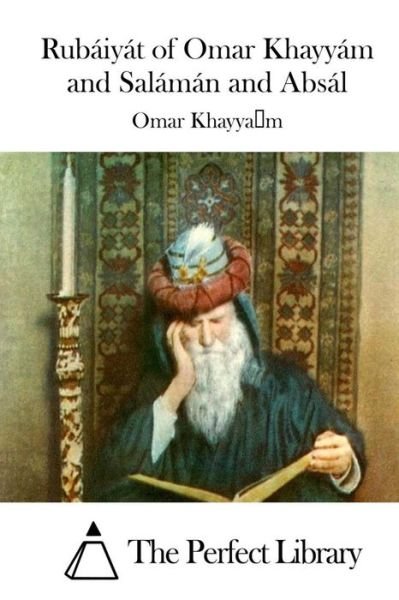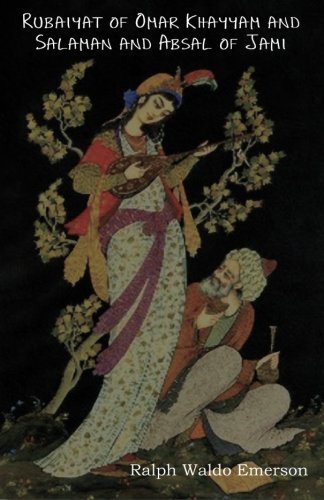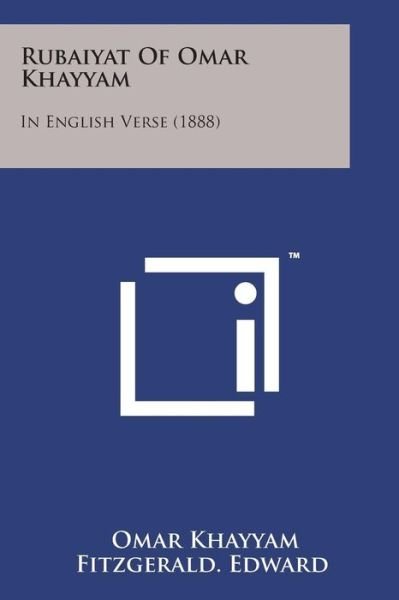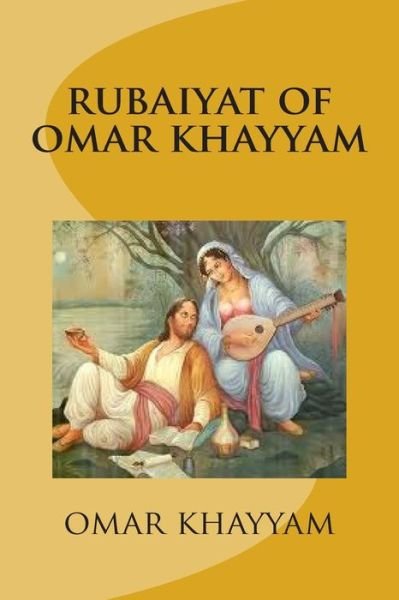
Tell your friends about this item:
Rubaiyat of Omar Khayyam
Omar Khayyam
Ordered from remote warehouse
 Christmas presents can be returned until 31 January
Christmas presents can be returned until 31 January

Also available as:
- Paperback Book (2014) A$ 22.49
- Paperback Book (2012) A$ 23.99
- Paperback Book (2005) A$ 24.49
- Paperback Book (2017) A$ 24.99
-
Paperback BookPersian edition(2014) A$ 24.99
- Paperback Book (2016) A$ 26.49
-
Paperback BookFarsi edition(2012) A$ 27.99
- Paperback Book (2014) A$ 28.49
- Paperback Book (2015) A$ 32.99
- Book (2022) A$ 35.49
- Book (2022) A$ 38.49
- Book (2022) A$ 46.99
- Book (2022) A$ 55.49
- Book (2022) A$ 56.99
Rubaiyat of Omar Khayyam
Omar Khayyam
Publisher Marketing: The Rubiyat of Omar Khayyam is a poem of high divine and spiritual meaning. The beauty and simplicity of this poem is so immaculate that people of all faiths and those who have no faith at all can seek divine solace in it. Omar has used popular metaphors in his passionate praise of wine and love. They are mere symbols of Sufism where wine is the joy of spirit and the love is immense devotion to God. Omar has presented the nectar of divine ecstasy as a delightful alternative that leads to human enlightenment and eradicates human woe permanently. He has pictured the ordinary joys of life for the worldly men are able to compare the mundane pleasures with the superior joys of spiritual life. The literal meaning of the translated verses is completely absurd but the vast inner meanings are like a golden treasure house. But the spiritual power inherent in this poem is a characteristic of the Persian poems which have an outer as well as inner meaning. While the west has interpreted Omar's poems as highly erotic, the East has accepted him as a religious poet. Plumbing into the depths of the poem gives interpretations that make it appear like a shrine which is untouched. Omar has distinctly suggested that wine symbolizes intoxication of spiritual joy and love. Some translators have interpreted the verses saying that the whole poem is an evocation of agnosticism and has a philosophy which seeks happiness through friendships and the avoidance of pain. It suggests brevity of life and the absence of an after life. Review Citations: Wilson Public Library Catalog 01/01/1998 pg. 675 (EAN 9780140443844, Paperback) Contributor Bio: Khayyam, Omar Omar Khayyam; born (18 May 1048 - 4 December 1131), was a Persian mathematician, astronomer, philosopher, and poet. He also wrote treatises on mechanics, geography, mineralogy, music, and Islamic theology. Born in Nishapur in North Eastern Iran, at a young age he moved to Samarkand and obtained his education there. Afterwards he moved to Bukhara and became established as one of the major mathematicians and astronomers of the medieval period. He is the author of one of the most important treatises on algebra written before modern times, the Treatise on Demonstration of Problems of Algebra, which includes a geometric method for solving cubic equations by intersecting a hyperbola with a circle. He contributed to a calendar reform. His significance as a philosopher and teacher, and his few remaining philosophical works, have not received the same attention as his scientific and poetic writings. Al-Zamakhshari referred to him as "the philosopher of the world." He taught the philosophy of Avicenna for decades in Nishapur, where Khayyam was born and buried. His mausoleum there remains a masterpiece of Iranian architecture visited by many people every year. Outside Iran and Persian speaking countries, Khayyam has had an impact on literature and societies through the translation of his works and popularization by other scholars. The greatest such impact was in English-speaking countries; the English scholar Thomas Hyde (1636-1703) was the first non-Persian to study him. The most influential of all was Edward FitzGerald (1809-83), who made Khayyam the most famous poet of the East in the West through his celebrated translation and adaptations of Khayyam's rather small number of quatrains in the Rubaiyat of Omar Khayyam. Omar Khayyam died in 1131 and is buried in the Khayyam Garden at the mausoleum of Imamzadeh Mahruq in Nishapur. In 1963, the mausoleum of Omar Khayyam was constructed on the site by Hooshang Seyhoun.
| Media | Books Paperback Book (Book with soft cover and glued back) |
| Released | November 21, 2014 |
| ISBN13 | 9781503315129 |
| Publishers | Createspace |
| Genre | Cultural Region > Middle East |
| Pages | 42 |
| Dimensions | 152 × 229 × 2 mm · 68 g |
More by Omar Khayyam
More from this series
See all of Omar Khayyam ( e.g. Paperback Book , Hardcover Book , Book , CD and MP3-CD )


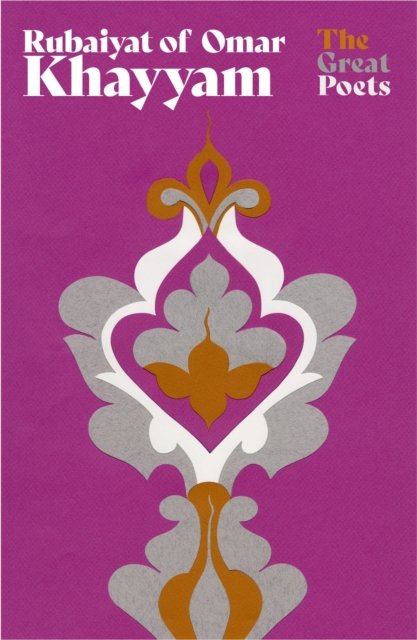
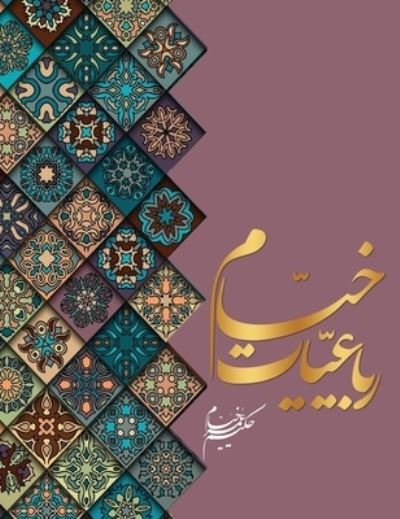

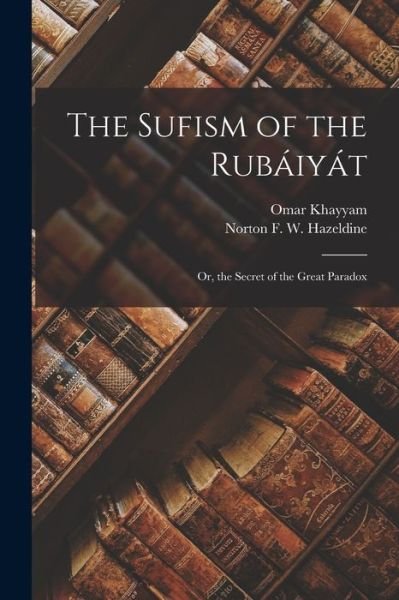
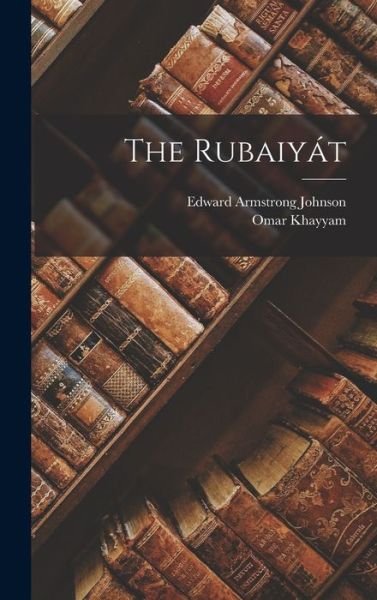


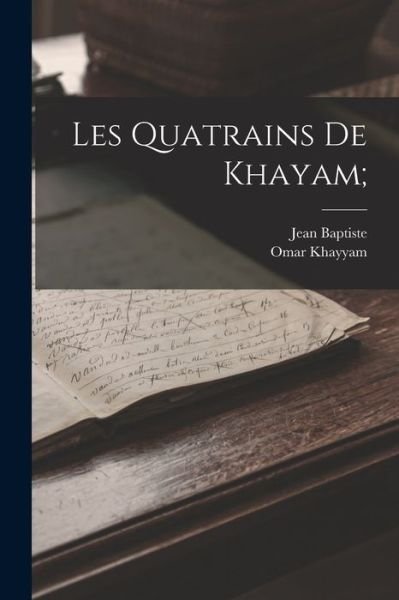
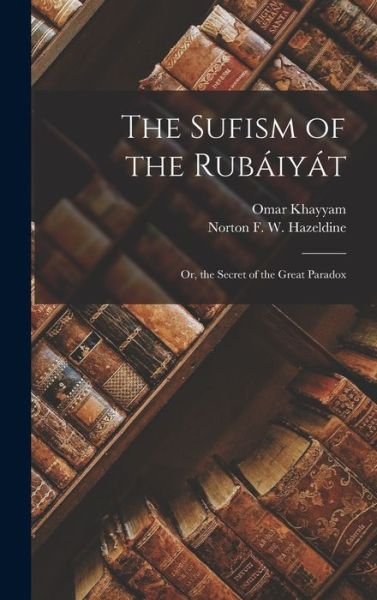
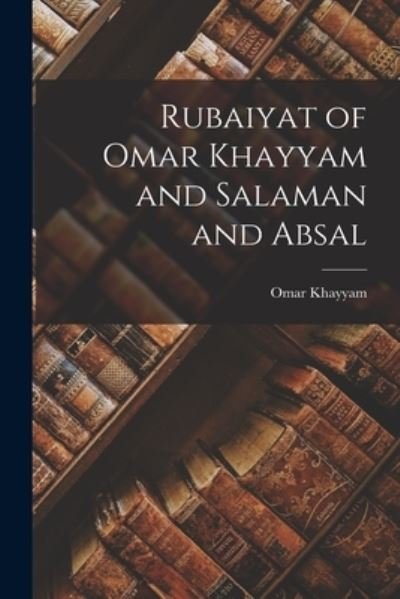
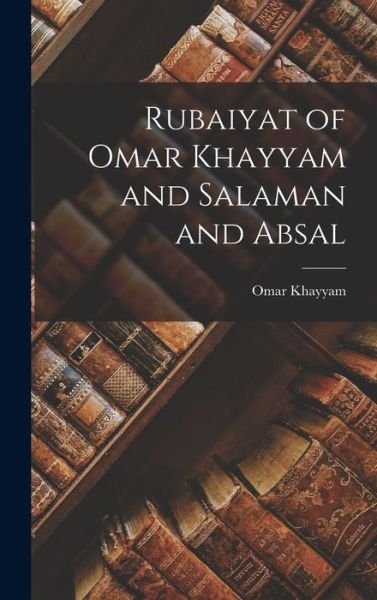
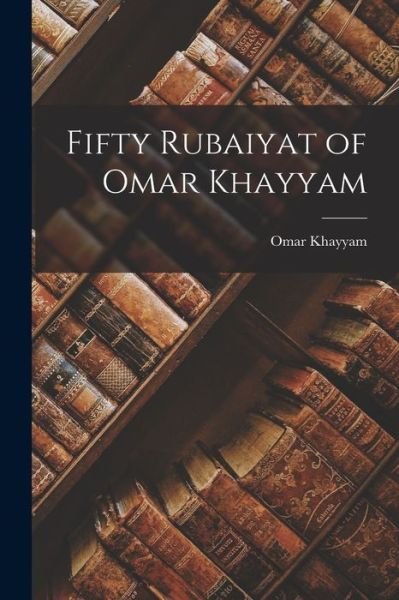


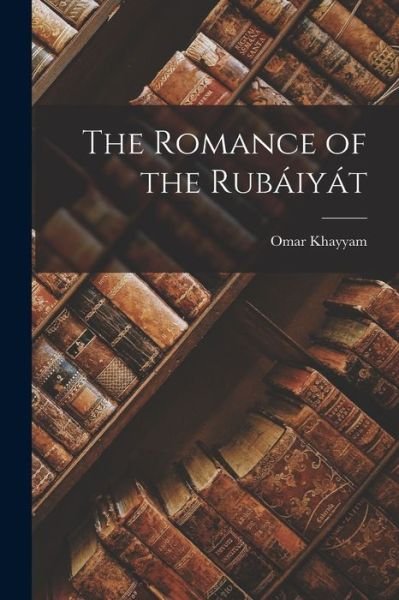
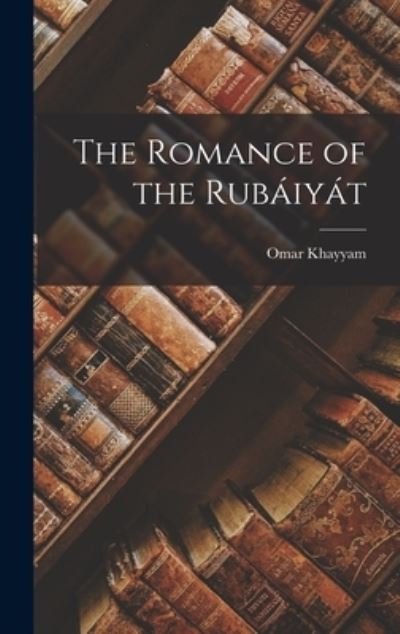
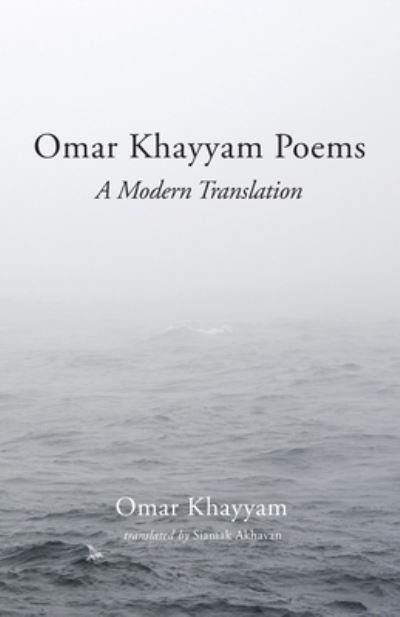

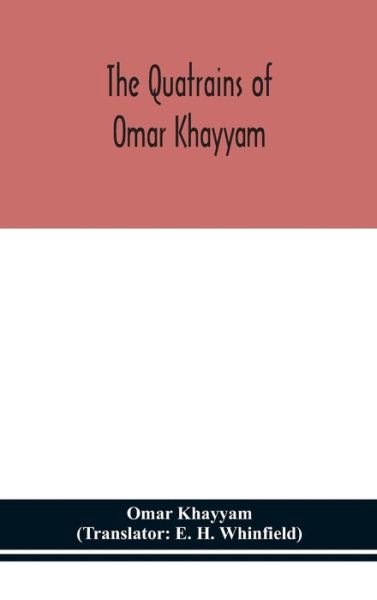
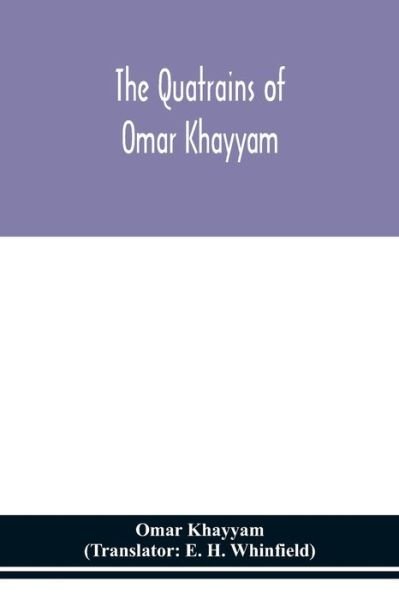

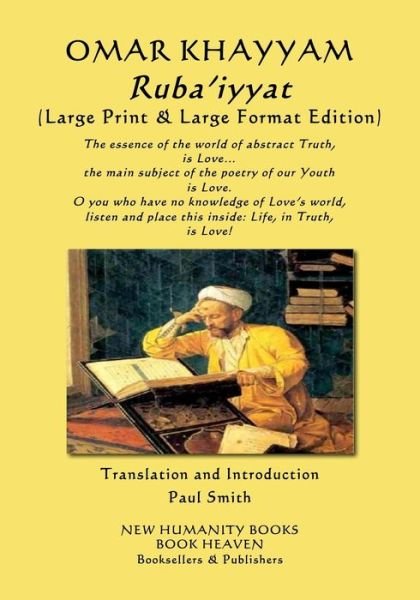
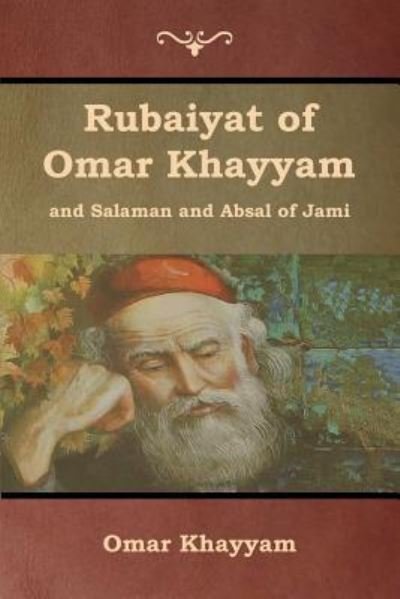
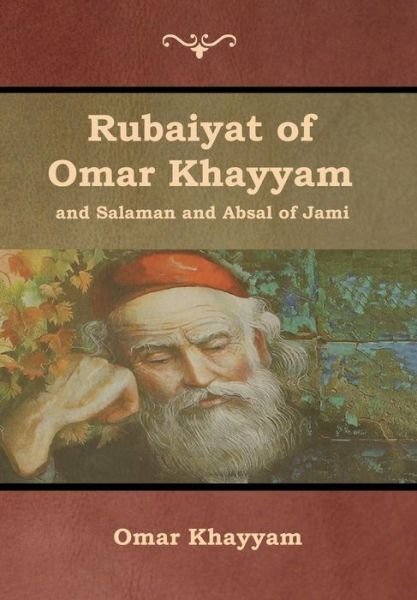
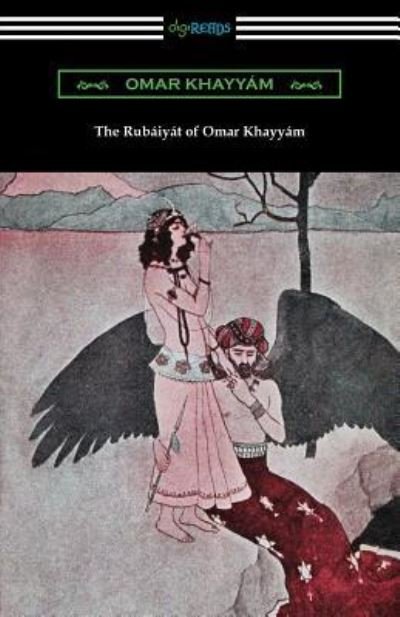
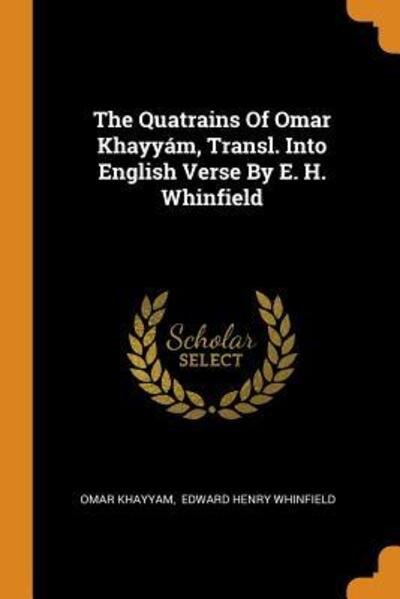
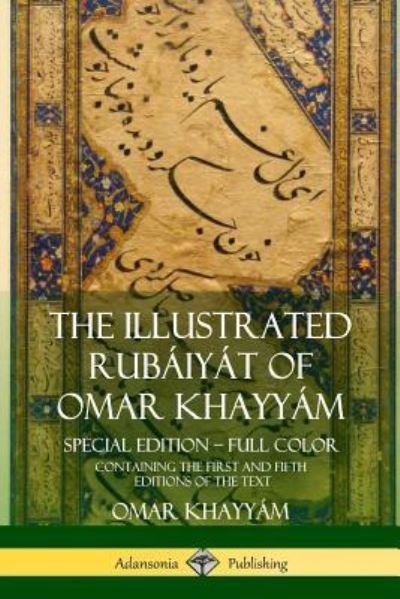
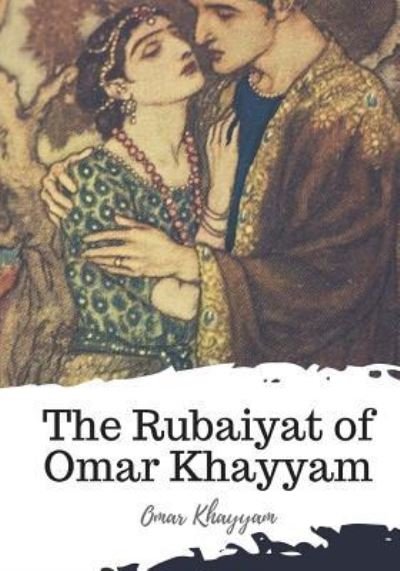

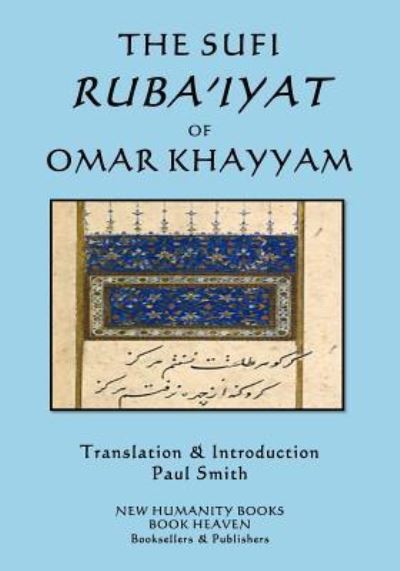

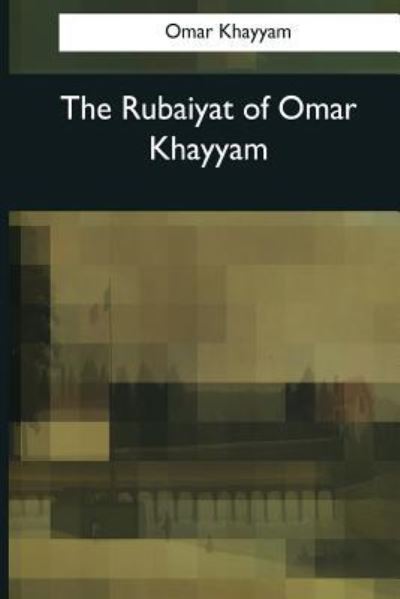
![Cover for Omar Khayyam · Rubaiyat of Omar Khayyam (Selected Poems) (Persian /Farsi Edition) (Paperback Book) [Farsi edition] (2012)](https://imusic.b-cdn.net/images/item/original/105/9781939099105.jpg?omar-khayyam-2012-rubaiyat-of-omar-khayyam-selected-poems-persian-farsi-edition-paperback-book&class=scaled&v=1638621722)
